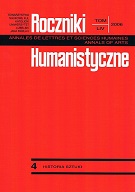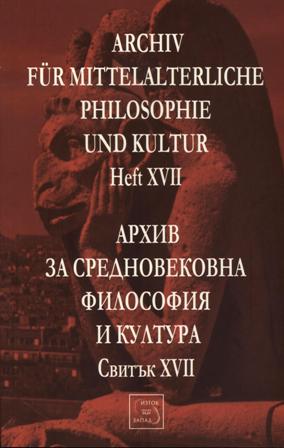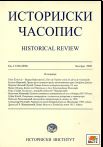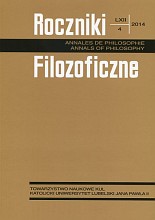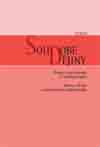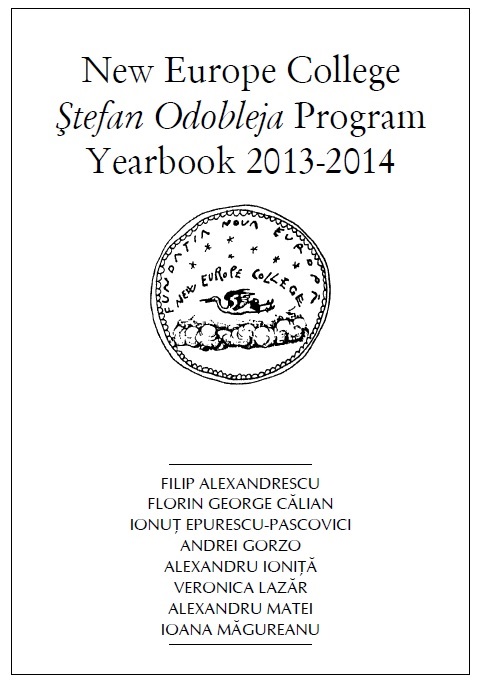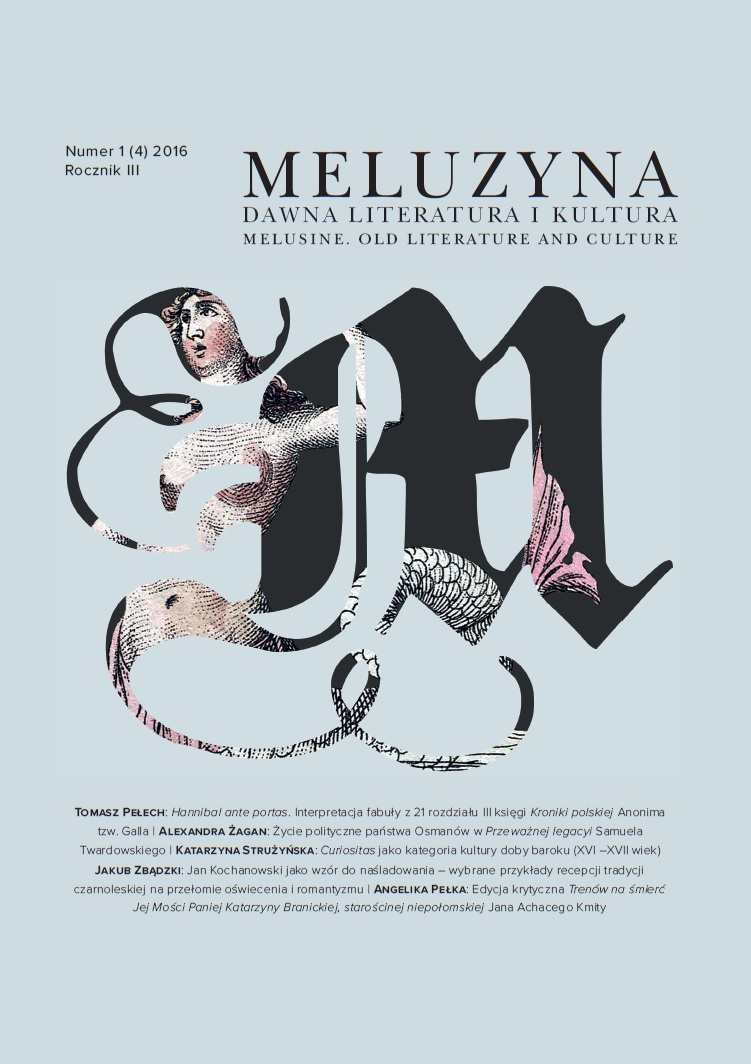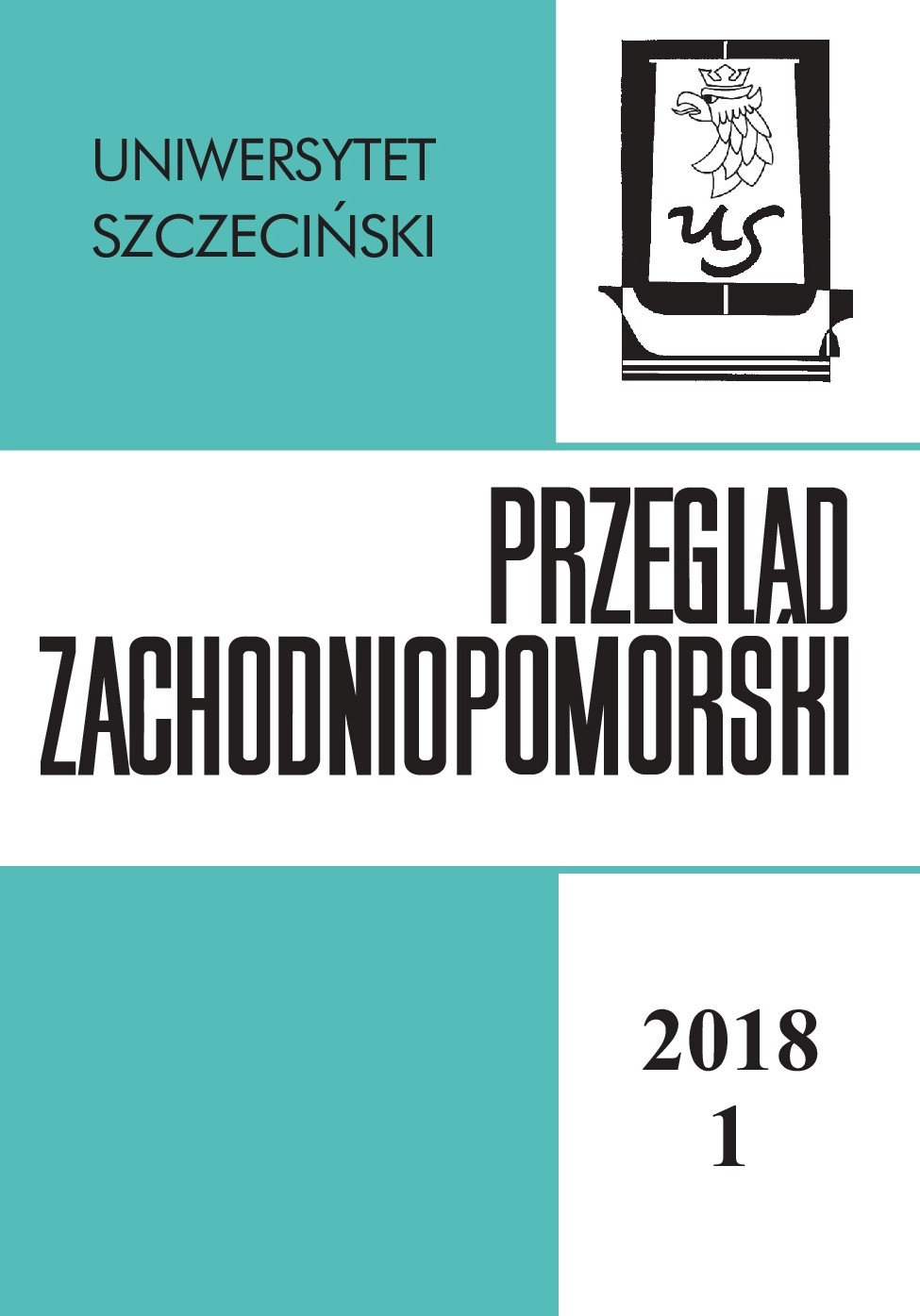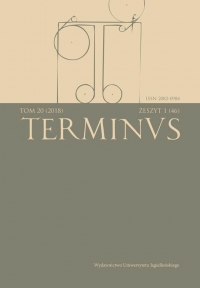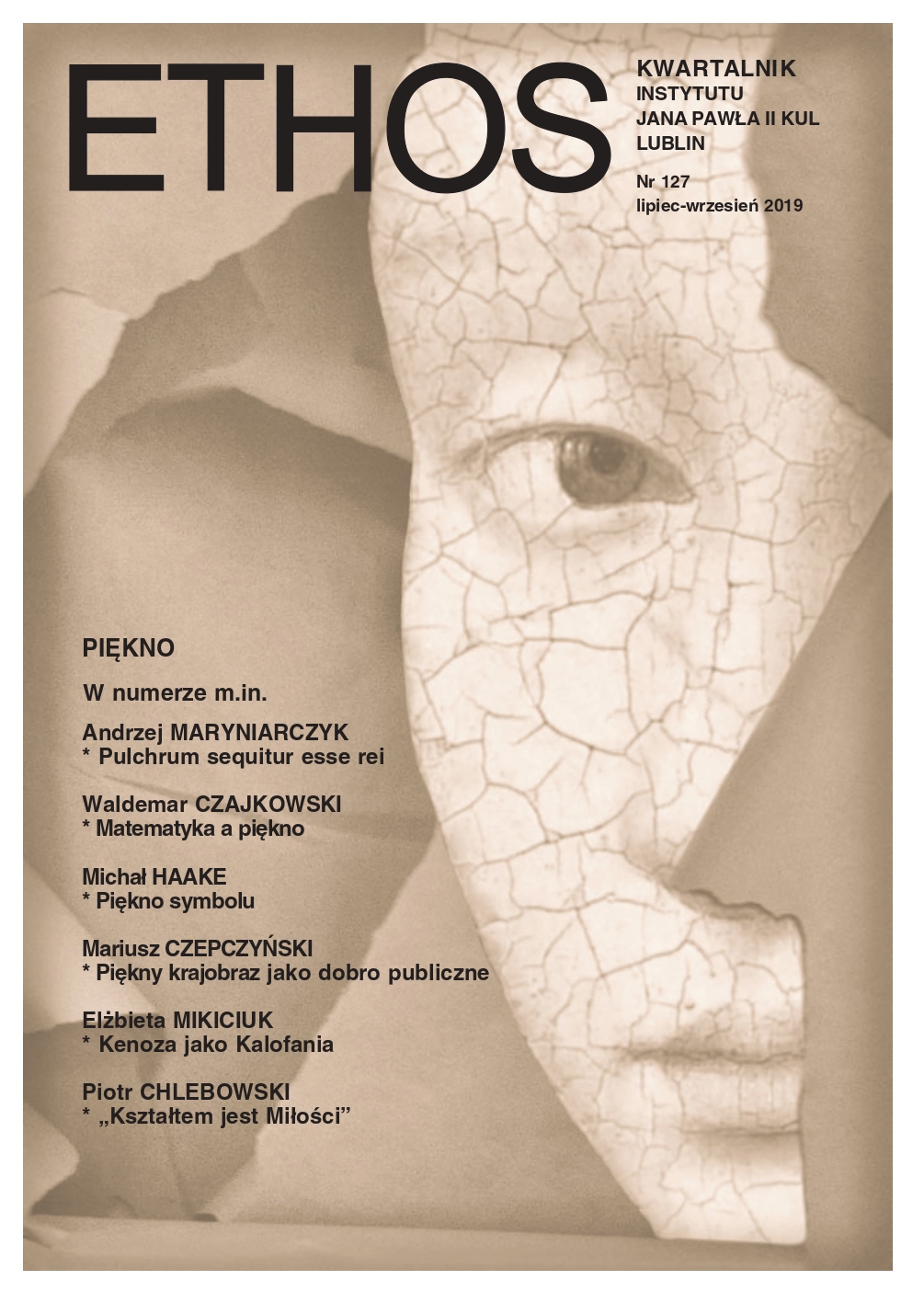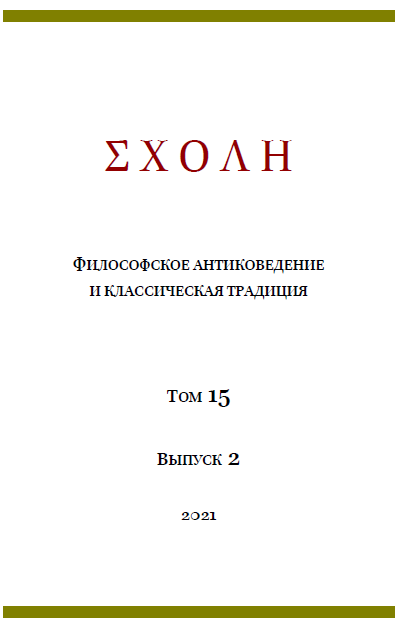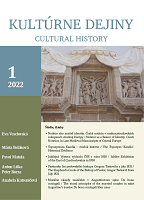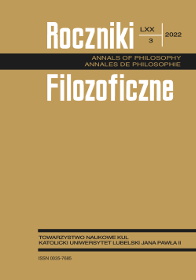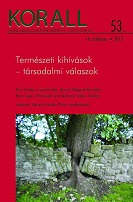
Successive Floods on the Danube? Late Medieval and Early Modern Danubian Floods and the Franciscan Monastery in Visegrád
Árvízhullámok a Dunán? A Duna árvizei és a visegrádi ferences kolostor a késő középkorban és kora újkorban
One of the major late medieval peaks of flooding occurred at the end of the fifteenth and beginning of the sixteenth century, repeatedly causing severe flooding in the Carpathian Basin, especially on the Danube. Throughout several decades, even centuries, the changes of the riverbank and water levels of the most important waterway of Hungary had a profound influence on the construction of riverside settlements and the location of settlements and buildings themselves. Modern archaeological excavations have revealed and traced alterations that became necessary due to flood damage in this region. Visegrád was one of the major cities of the kingdom from as early as the Árpádian dynasty, and gained further importance during the Angevins in the fourteenth century, when it became the main royal residence. Although during the time of Emperor Sigismund Buda’s importance surpassed Visegrád’s, the city and its surroundings still remained significant throughout the Jagiellonian era. This is attested to by the extensive construction works that began under King Matthias and continued well into the early Jagiellonian period. In the Middle Ages, the royal palace and surrounding buildings, as well as parts of Visegrád itself, were located on a flood-prone narrow plain bordered by the Danube and the Visegrád hill. Due to this location, Danubian floods had a great impact on the town, the royal palace and the Franciscan monastery, which is the main focus of this study. Although surviving late medieval sources do not directly mention flooding in Visegrád, archaeological excavations of fifteenth- and sixteenth-century layers suggest that the periodically high levels of the Danube had an effect on reconstruction works and probably caused discernible damages to the buildings. Based on this observation, the study examines the subject at the crossroads of social history, environmental history, historical architecture and archaeology. The short and long-term impact of flooding on the Franciscan monastery complex of Visegrád are examined through the analysis Danubian floods and the peak of flooding occurring between the late fifteenth and early sixteenth century.
More...
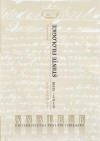
![Forgotten "Słownik synonimów polskich" [Dictionary of Polish Synonyms] by A.S. Krasiński and precursors of the dictionary](/api/image/getissuecoverimage?id=picture_2012_7857.jpg)
